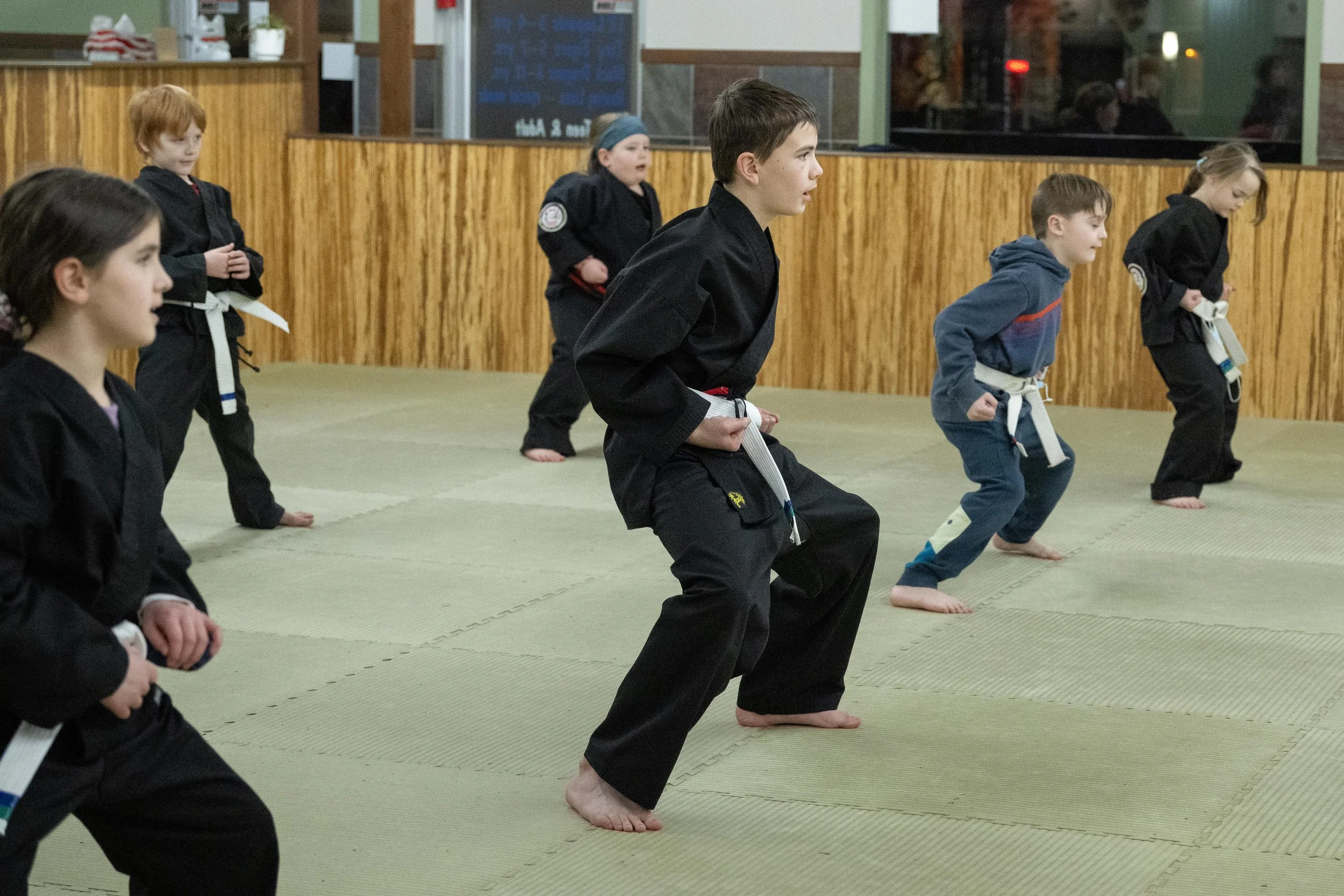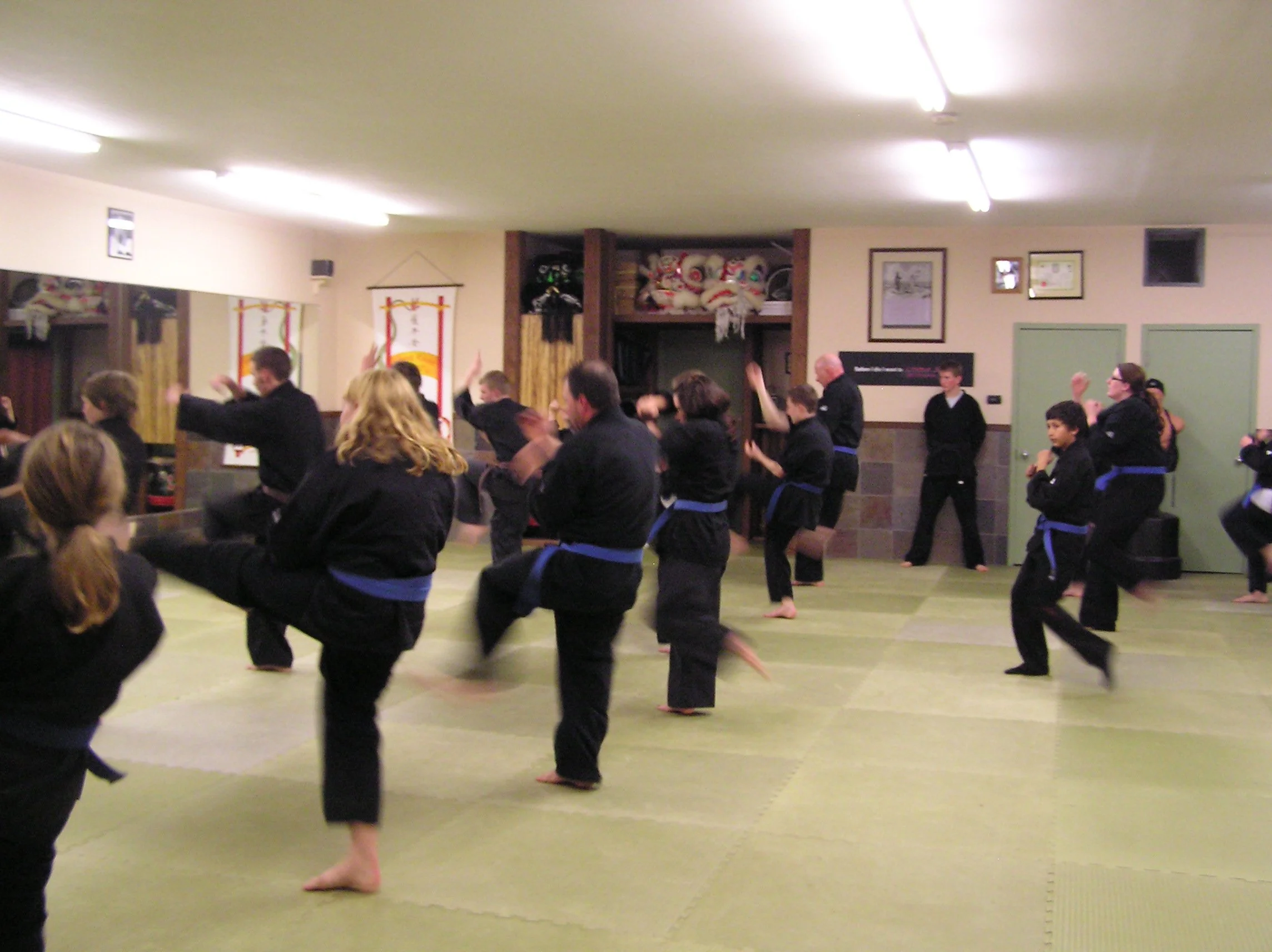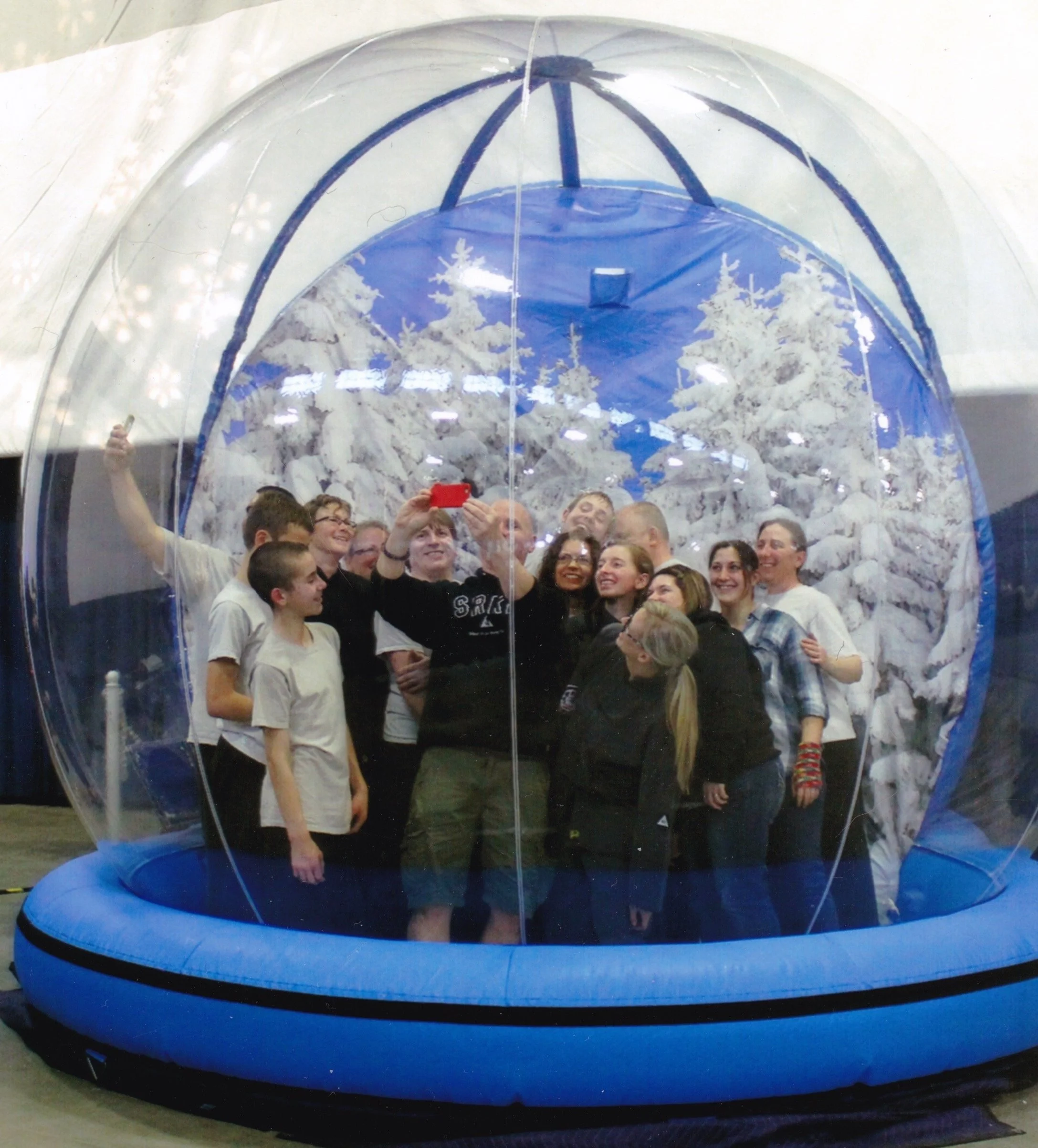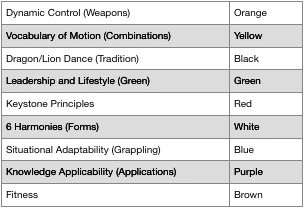Rank in order of importance - the art, the student, the school. This is a question every black belt is presented with before they are promoted. There are no wrong answers as all three affect each other to such a degree that there is logic supporting just about anything.
Logic or not, there is one answer that is more correct than the others. That answer is:
1) The School
2) The Student
3) The Art
Over my 40+ years of being immersed in the martial arts business, I can confidently share that the majority of martial arts businesses fail. The reason they fail is because they are run by marital artists, not business people. Tell me how it served the art of Kung Fu to have the vast majority of Kung Fu schools fail? How did their failure serve their students? Obviously the school has to be the priority because without the school there are no students. Without the students the art becomes extinct.
To ensure the long term viability of a marital art school, you must ensure you are taking care of all three - the school, the student, and the art. Because of how they are entwined, you cannot ignore any one of the three. However, you must prioritize what must be prioritized. Hence the ranking.
As instructors, we have responsibility to our students. They have to be our priority. That means we develop a relationship with every student and ensure that we are serving them AND we ensure that the student knows that. Taking care of the student goes beyond your direct relationship with the individual student. It must extend to CLASS MANAGEMENT.
Class management is how we organize the group and how we nurture standards of behaviour and rate of progression. Class management takes care of the majority, not the entirety. Therefore the instructors not leading the class must pay attention and take care of the struggling students so that the leader can focus on keeping the class moving forward for the majority. Every time the class leader has to stop the flow of the class to address a question or a problem, the entire class shuts down at the same time. Strong class management ensures a positive flow and outcome for the majority of our students.
School management is different from class management and it is the highest priority - always. School management falls onto the Master Instructors. The Master Instructors, especially the Chief Instructor prioritizes school management and modulates their efforts and strategies based upon the evolving needs of the school. There are going to be a lot decisions made for the sake of school management that may require a compromise to our preferred approach to class management. Regardless, school management must take priority so our approach to class management must always respect the decisions and strategies of the chief instructor when it comes to class priorities, class behaviour, instructor strategies, school curriculum, class rotation, student hierarchy, and syllabus development and implementation.
Understanding why we do things in a certain way or why we set our priorities the way we set them makes complying more effortless. However understanding and agreeing, while important, are not necessary - compliance and absolute support is. That is what it means to be part of a team and that is what it means to be a leader.
Jeff Brinker









